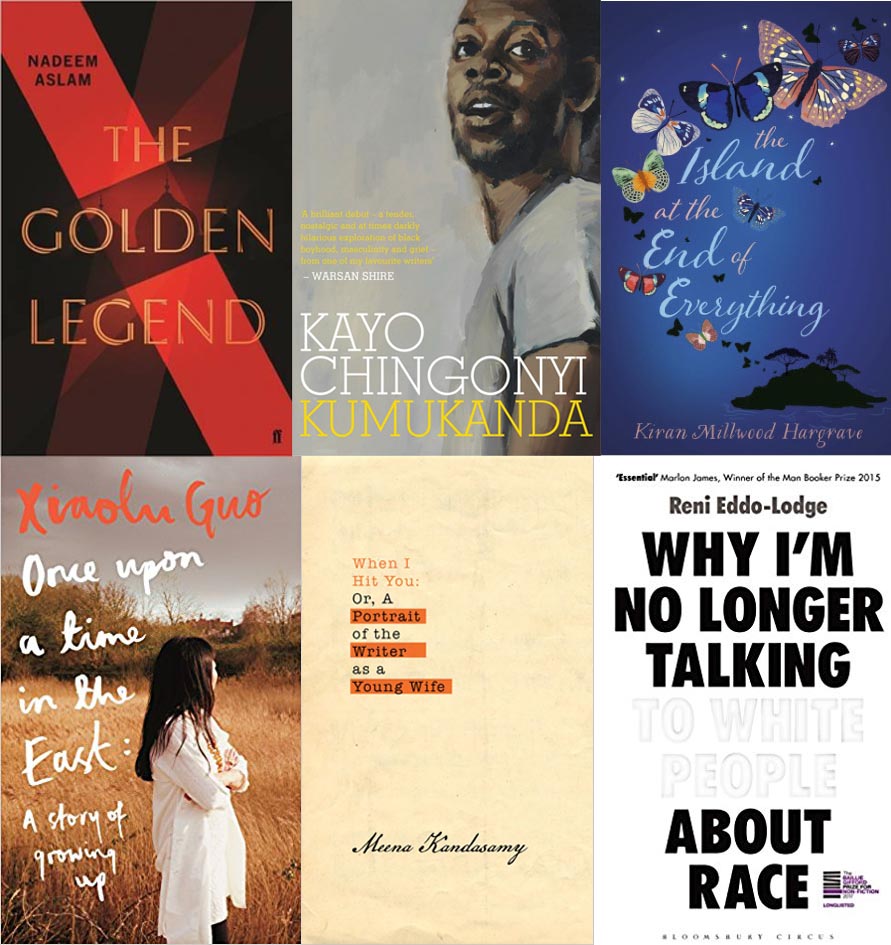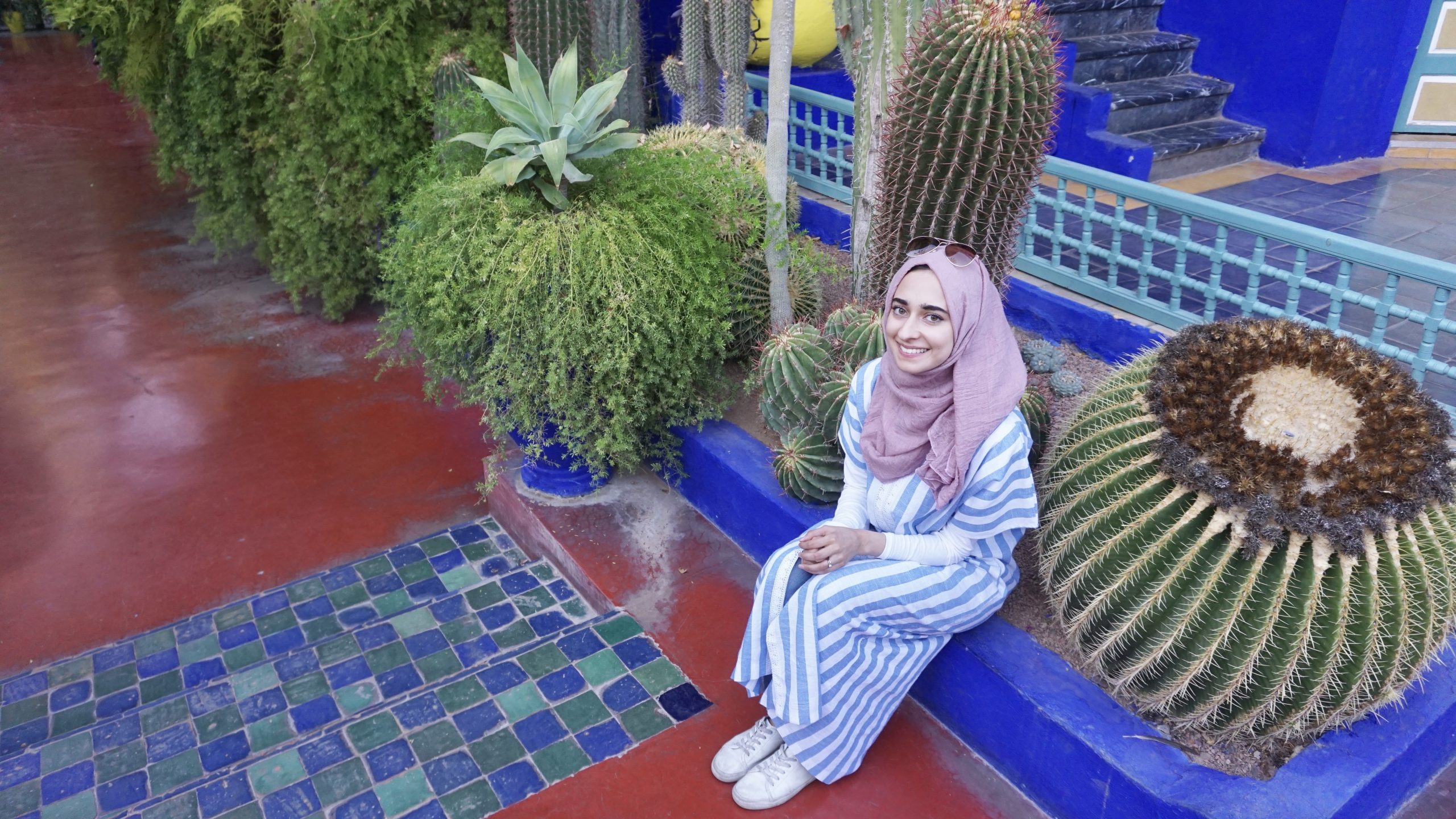When my daughter was four, she made me a book. It’s full of secret writing. She says I can decide what the writing says. Which made me think – is that what novels are like for writers – a book in our heads full of secret writing? We might transcribe it, or type it or record it, but the story is already there, waiting to be set free.
There is something about writing that can feel semi-automatic. On the good days, the words pour onto the page, and it’s hard to know where they come from. On the bad days, of course, it can feel as if the magic has withered and died. I often have the germ of an idea, which, when I’m ready, I’ll take out and turn about and polish, as if it’s a precious stone. And sometimes I’ll be able to make it grow and blossom, to mix my metaphors!
For my Sanjida Kay thrillers, I work on the plot first, and then the characters. I like to think of novels in three acts, with a beginning, a middle, an end and a resolution so, as Robert McKee said in his masterclass on script-writing, you don’t send your audience out into the auditorium still weeping. McKee has written a book called Story about how to structure screenplays for movies, and I often return to it, to trace out the bare bones of the plot, making sure I have climaxes, crises and turning points in the appropriate points. I also look at the emotional pitch of the story. My first thriller, Bone by Bone, worked on the basis of a ratcheting up of tension. With The Stolen Child, I wanted to introduce more light and shade so that the story, of an abducted girl, didn’t feel unremittingly harrowing.
Writing from a place of fear
I then work on creating my characters and carry out any research I need to do to make the story accurate and authentic. And only once all that has been done, do I begin writing. For me, writing is a joy. I’d do it even if I wasn’t paid. However, writing thrillers means that I have to go into dark places. I’ve described before how reading Bone by Bone as I was editing it, would make me cry. In The Stolen Child I had to imagine how a mother would feel if her seven-year-old daughter disappeared. It was, at times, extremely disturbing. In this instance, I did the minimum amount of research I could on missing children, focusing on police procedure. I didn’t want to be traumatised by what can really happen to our loved ones. Once I’d finished the first draft, I forced myself to read further, including Kate McCann’s book, Madeleine. It was frightening, traumatic and left me feeling bruised me in some indelible way. I dealt with it in my novel by making one of the characters read McCann’s book and talk about it.
I love writing, but to have that emotional authenticity, I have to literally put myself there, in the shoes of my character, see what she or he sees, experience what they experience, feel what they feel. And that, for a thriller writer, can sometimes be a little overwhelming. So, whilst I love my job, and I’m normally focused and productive, I hope you’ll forgive me when I say I also spend some of my working hours googling J Brand and The Outnet.
Sanjida Kay‘s first thriller, Bone by Bone, was long-listed for the Steel Dagger Award and named as one of the best books of 2016 by the Guardian newspaper and the Sunday Express. The Stolen Child is her second thriller. Sanjida lives in Bristol with her husband and daughter.


